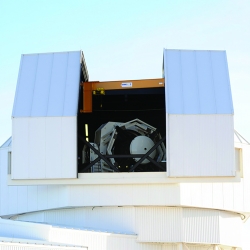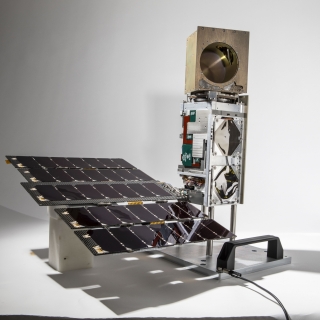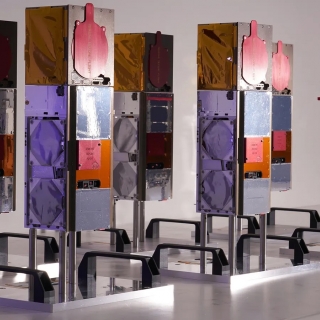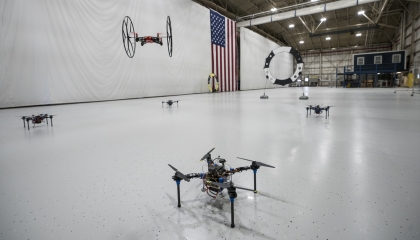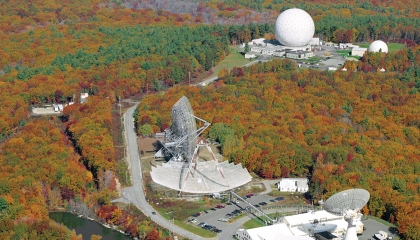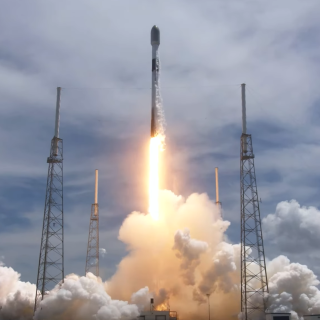
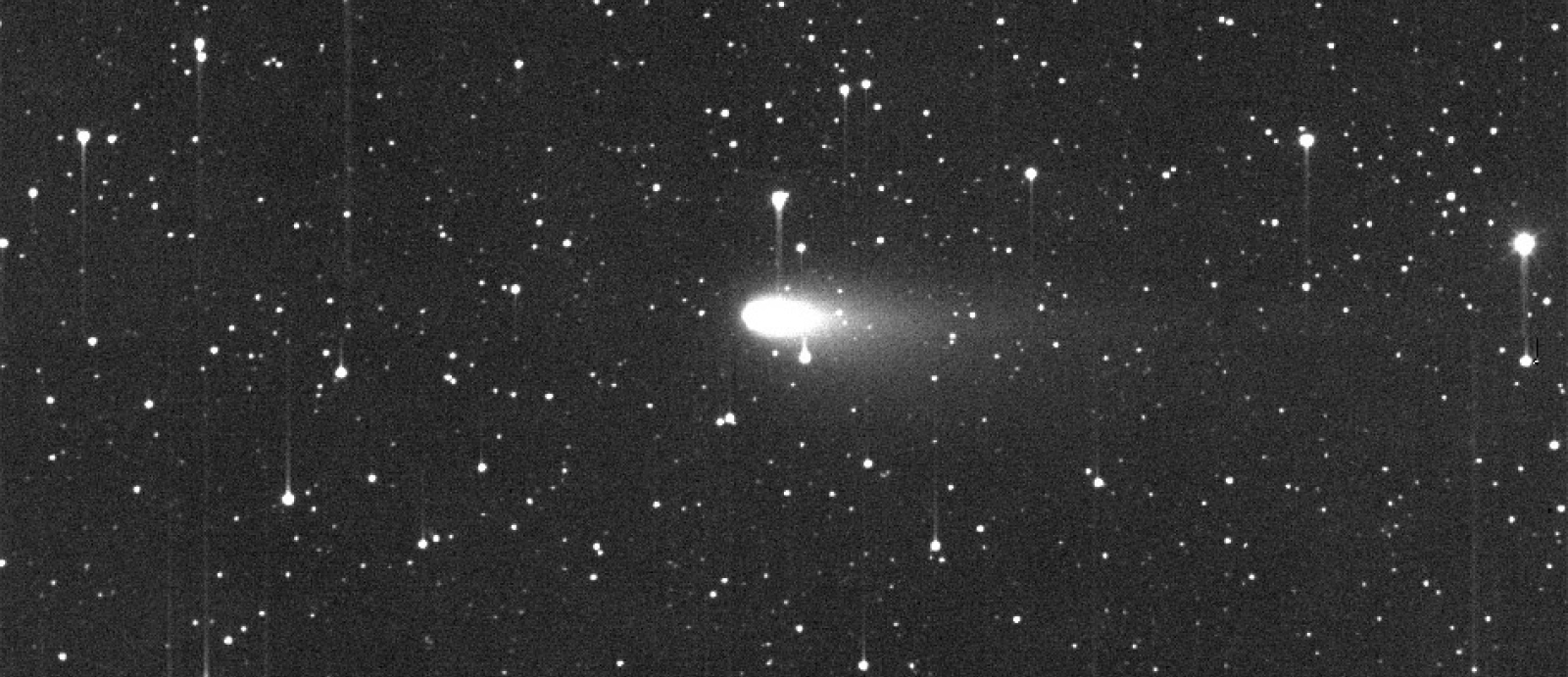
Advanced Capabilities and Technologies
We research and develop technology for advanced satellite systems that are used to monitor the activity of objects in space and to perform remote sensing of Earth. Our work focuses on the development of instruments, hardware, and algorithms that provide both space-based and ground-based systems with novel capabilities for detecting, tracking, and imaging objects in space and on Earth. We also manage the Lincoln Near-Earth Asteroid Research (LINEAR) program, which uses ground-based electro-optical sensors at a field site in Socorro, New Mexico, to find and catalog near-Earth objects, such as asteroids and comets. Since 1997, the LINEAR program has discovered 50% of the known asteroids in our solar system.
Featured Projects
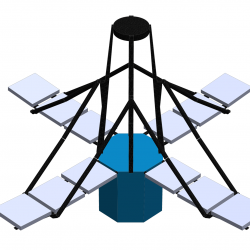
Deployable In-Space Coherent Imaging Telescope
